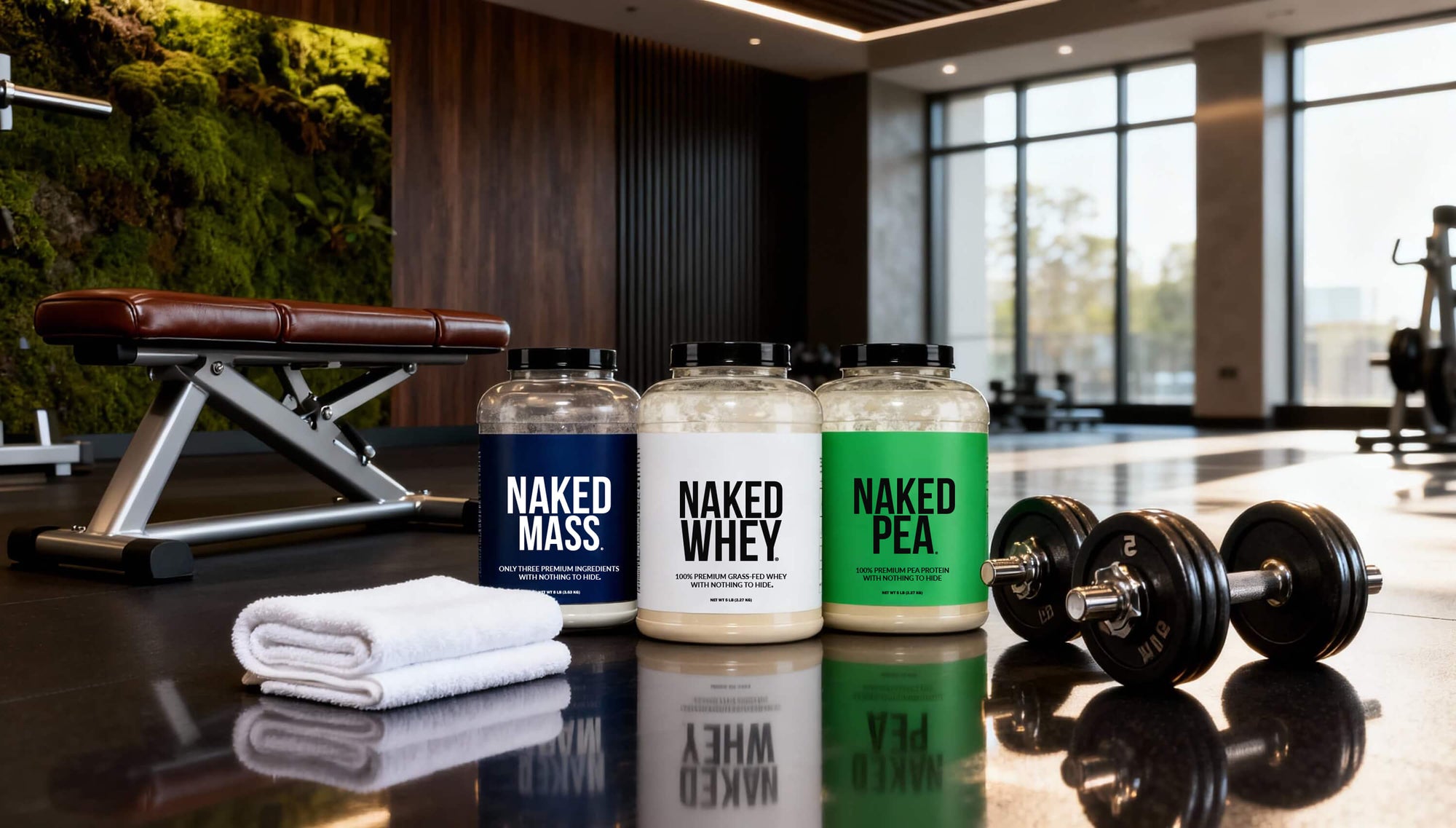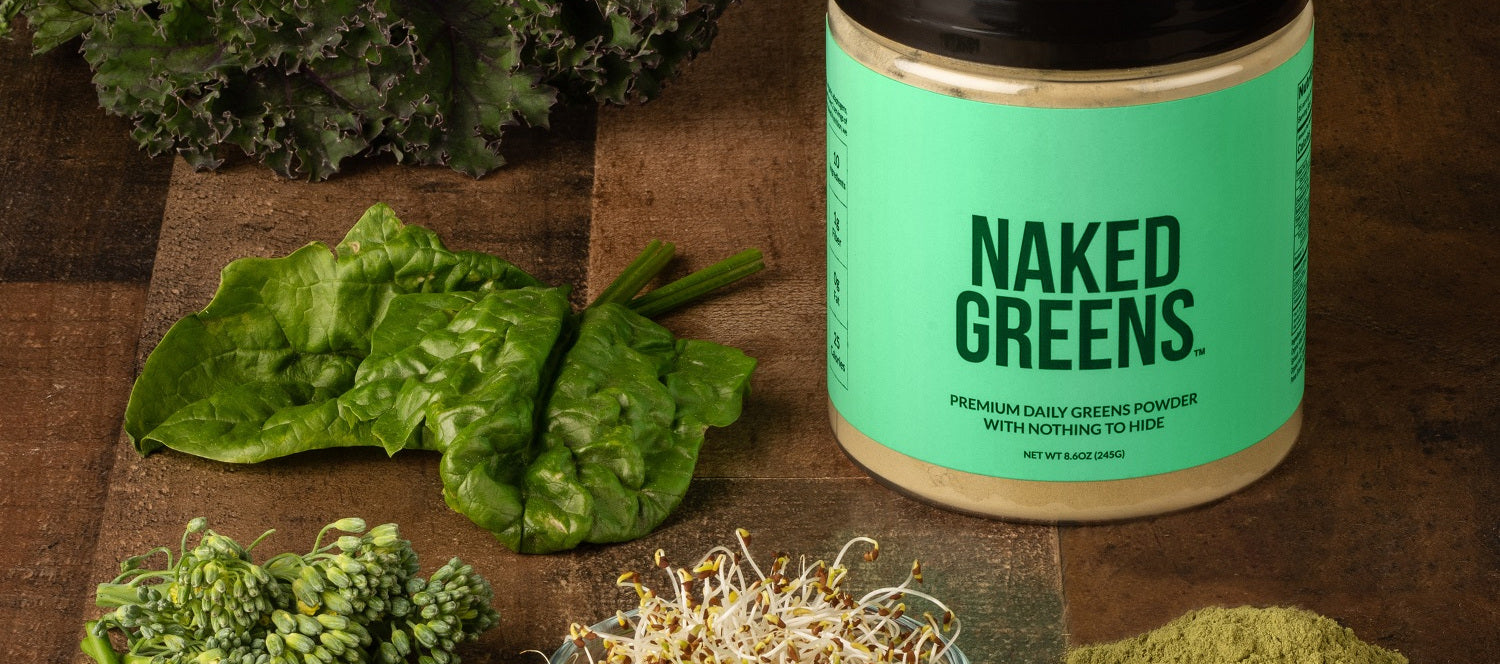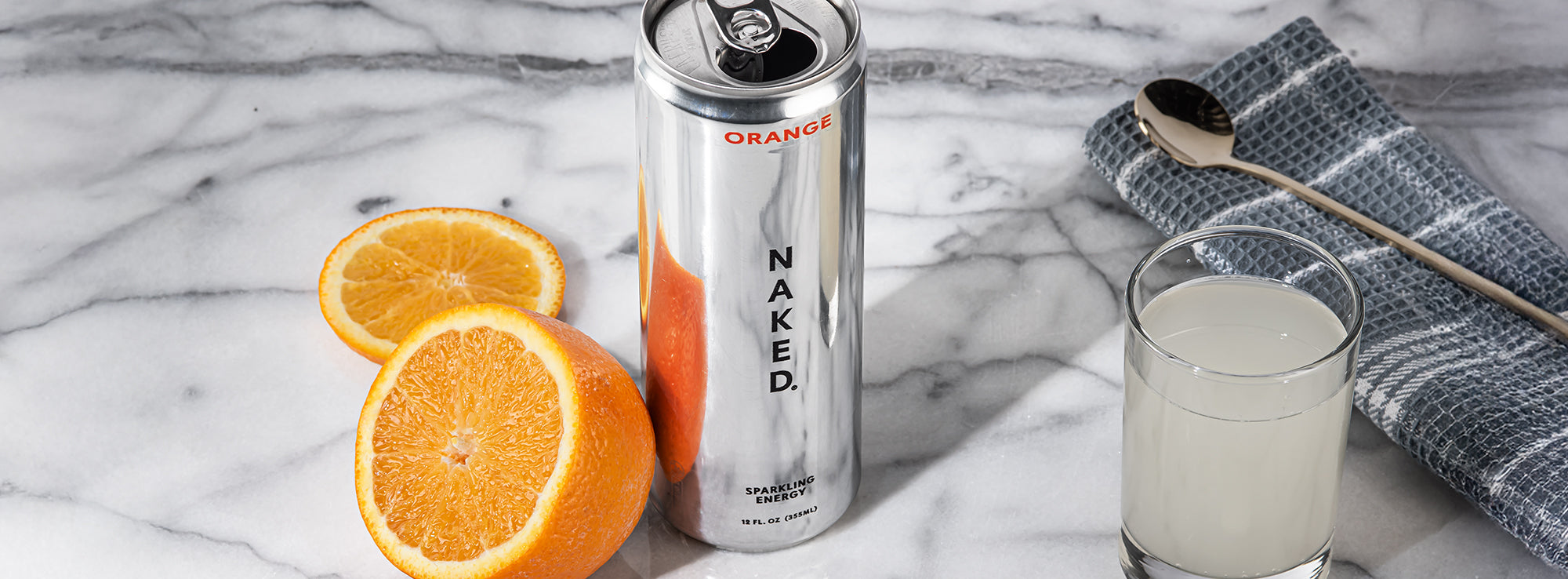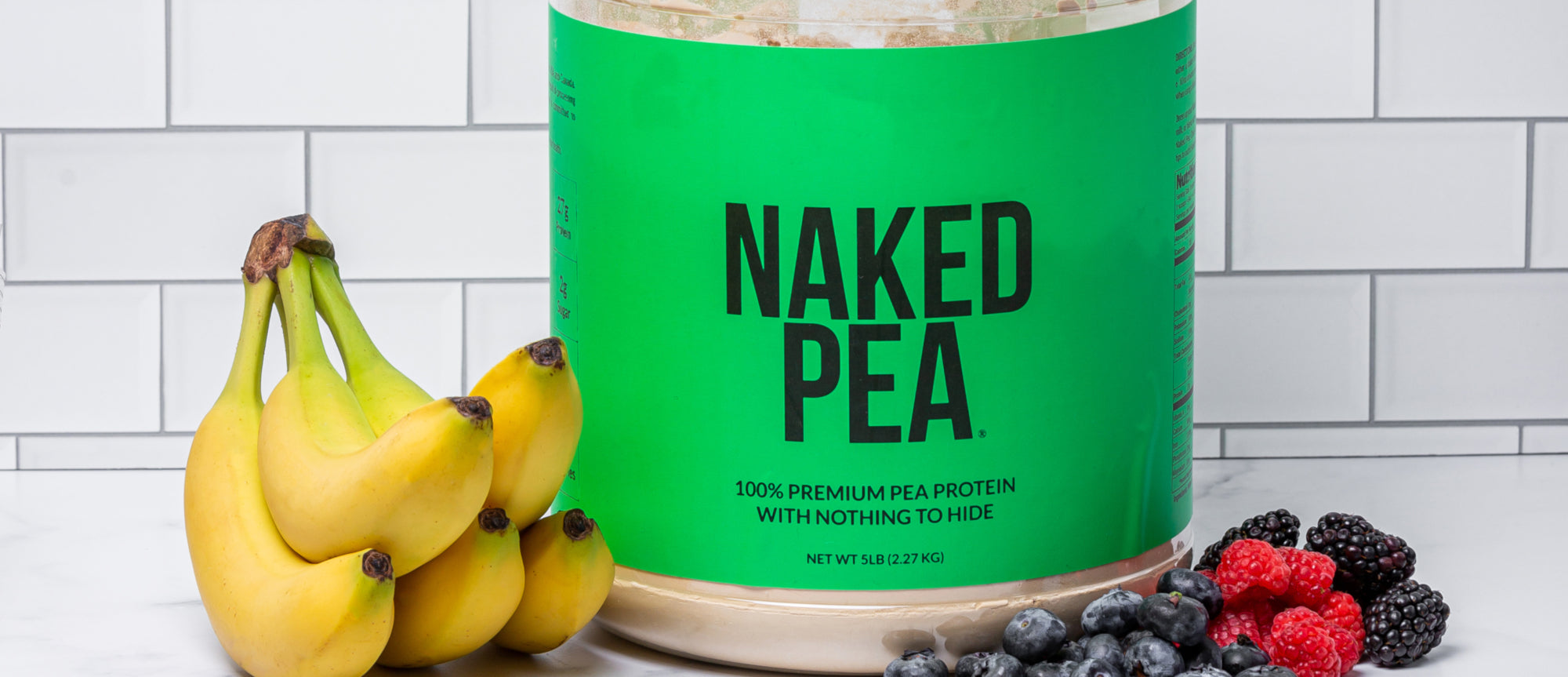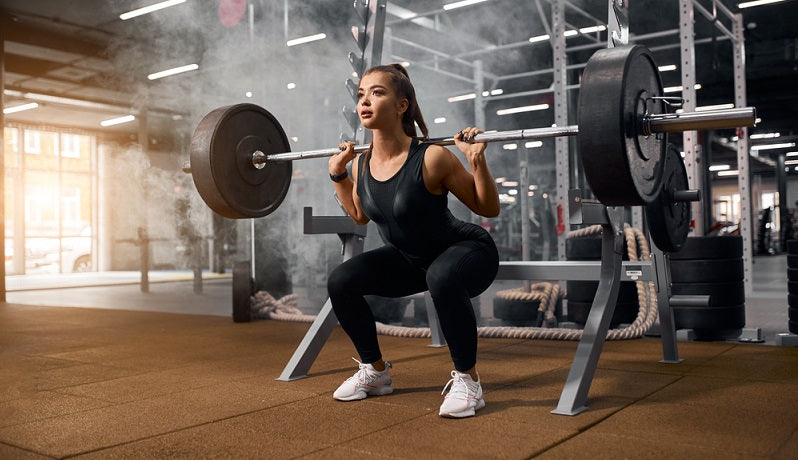
You want buns of steel because it's the largest muscle group in your body and it makes you a better athlete and weightlifter.
Strong glutes also improve posture and prevent injury, back pain, and muscle imbalances.
And let’s be honest, nicely developed glutes make you look pretty damn good as well.
But what’s the best exercise for your glutes: is it back squats or is it hip thrusts. Brazilian researchers have put this question to test, and we’ll discuss the findings below.
But as with almost all things health and fitness, there isn’t one simple answer that will work for everybody, because we are all unique individuals with varying bodies and goals.
So, we’ll also cover a few caveats about the study and talk about which exercise might be best for you.
Let’s get into it.
Hip Thrusts Vs Squats: What the research tells us
Here are all the details from the Brazilian hip thrusts vs squats study.
The purpose of the study
To compare the effects of back squats and hip thrusts on strength and mass in the quads and glutes.
The design of the study
Researchers found 22 women who were fit and experienced in training, and divided them into two groups.
12 women would perform back squats for 12 weeks, and the other 10 women would focus on hip thrusts.
The 22 women were measured on the following metrics, both before and after the 12 weeks.
- Muscle thickness in the quads
- Muscle thickness in the glutes
- 1-rep max on back squats
- 1-rep max on hip thrusts
The results
At the end of the 12 weeks, researchers found the following results.
Both groups increase muscle thickness and strength.
But the improvements were significantly higher in the back squat group than the hip thrust group, for both quads and glutes muscle thickness.
The improvements in the 1-rep max were similar in both back squat and hip thrust groups.
The conclusion
Researchers concluded that back squats are superior to hip thrusts if your goal is to gain muscle mass in your glutes.
Caveats on the hip thrust vs back squats study
The results of this study created a good amount of controversy within the sports science community.
This study, along with others conducted by the same researchers, are discussed in a white paper written by some respected researchers in the strength and conditioning field.
They have several issues with the way this study was conducted. According to them, the participants were all too similar, the strength gains were improbable and inconsistent with other similar studies.
The white paper group has demanded retraction of the Brazilian research article.
So, are hip thrusts better than squats then?

So what does all of this mean for you? Does the fact that the result of the Brazilian study has been refuted by other experts mean that hip thrusts are actually better than squats for glutes?
As we mentioned in the beginning of the post, unfortunately there isn’t one simple answer that will work for everyone reading this.
The answer, as always, is that it depends.
If you noticed, all the women in the study above were experienced and well trained. That means their exercise form was most likely very good.
If you’re also an experienced lifter with great form when doing a back squat, you might experience similar benefits.
Also, there’s the question of glute activation and muscle dominance.
If you’re not “feeling” it in your butt when doing back squats, then most likely your quads are dominant and taking over most of the workload, in which case you probably wouldn’t see as much of a gain in your glutes.
And in that case, hip thrusts might be better for you, at least initially. But more on how to fix that below.
First, let’s assume you’re confident in your back squats form, and that’s what you want to focus on.
How do I properly perform back squats?
Here are some helpful tips on back squats form from the team at Mind Pump TV.
Does hip thrust increase squat?
If you’re not confident in your back squats, or you feel like your glutes aren;t working much during a squat, you can try to activate your glutes with hip thrusts.
Activating a muscle group is like waking it up so it does its share during a heavy lift.
One way to wake up your glutes is to do some hip thrusts before you do back squats.
In this case, you don’t want to do heavy hip thrusts because that will cause too much fatigue and you won’t be able to perform your max on the squats.
Instead, try warming up with single leg bodyweight hip thrusts just to activate your glutes.
That way, when you get to the back squats, your glutes will be firing with all cylinders, and you can be confident that you're growing and strengthening your butt muscles.
What is glute activation important?
If your muscles are activated and engaged during an exercise, it falls upon other muscle groups to work extra hard.
Not only do you not get the results you’re looking for, but it may also lead to muscle imbalances and injuries.
Who should do hip thrusts?
If you’re always complaining that you never feel like your glutes are engaging during squats, then hip thrusts might be a better place to start.
You’ll definitely develop strength and mass in your glutes. And you’ll also train your glutes to engage more, which will allow you to get more out of back squats when you progress to them.
When should I do hip thrusts?
If you’re going to do hip thrusts instead of squats to grow your glutes, you can perform them as a part of your lower body or leg day.
If it is more of a warm up for squats, then do around 2 sets of 8-10 reps of bodyweight hip thrusts before you start back squats.
How do I perform a hip thrust?
If you want to focus on hip thrusts as your primary glute building exercise, here’s a great video from the inventor of the exercise, Bret Contreras PhD aka “The Glute Guy”
If you only want to use the hip thrust exercise as a way to activate your glutes so you can warm up for squats, here’s another instructional video from Mind Pump TV on single leg hip thrusts.
The right nutrition to grow your glutes
Regardless of whether you choose to focus on back squats, hip thrusts, or a combination of the two, you can’t neglect nutrition if you want to see decent gains in your glutes (or any other muscle group).
Getting stronger and bigger essentially comes down to two things.
The first is progressively lifting heavier weights and/or doing more reps. Lifting weights triggers the muscle recovery and repair process. The more you lift, the bigger the need for repair, and the greater the recovery process.
The second is supporting that recovery with the right nutrition.
Creatine monohydrate

When it comes to lifting heavier weights and doing more reps at the gym, no supplement has more evidence backing it up than creatine monohydrate.
Creatine helps store energy in your muscles, which means you can power through the last 2-3 heavy reps that can make all the difference over time.
Creatine also helps you recover quickly between sets so you can end up with a more intense session at the gym.
Check out our guides on when to take creatine, how much creatine is too much, and also be sure to get the facts on creatine and water retention.
Grass-fed whey protein
After you trigger the recovery process, your muscles need the right nutrition to grow.
Whey is one of the most popular protein supplements among gym-goers. It helps your muscles recover, grow, and get stronger.
Grass-fed whey also has other benefits like improved immune function and metabolism.
Key Takeaways
Although the Brazilian study shows that squats are significantly more effective when it comes to glute mass, other experts have since then refuted those claims, and how the study was conducted.
At the end of the day, both squats and hip thrusts are going to help the vast majority of us develop bigger and stronger glutes.
So it comes down to which exercise works better for you, which one you can do with proper form, and which exercise fits in with the rest of your workout plan.
Try the tips mentioned in this article. And if possible, talk to a personal trainer who can assess your goals and create a personalized workout plan for you.








